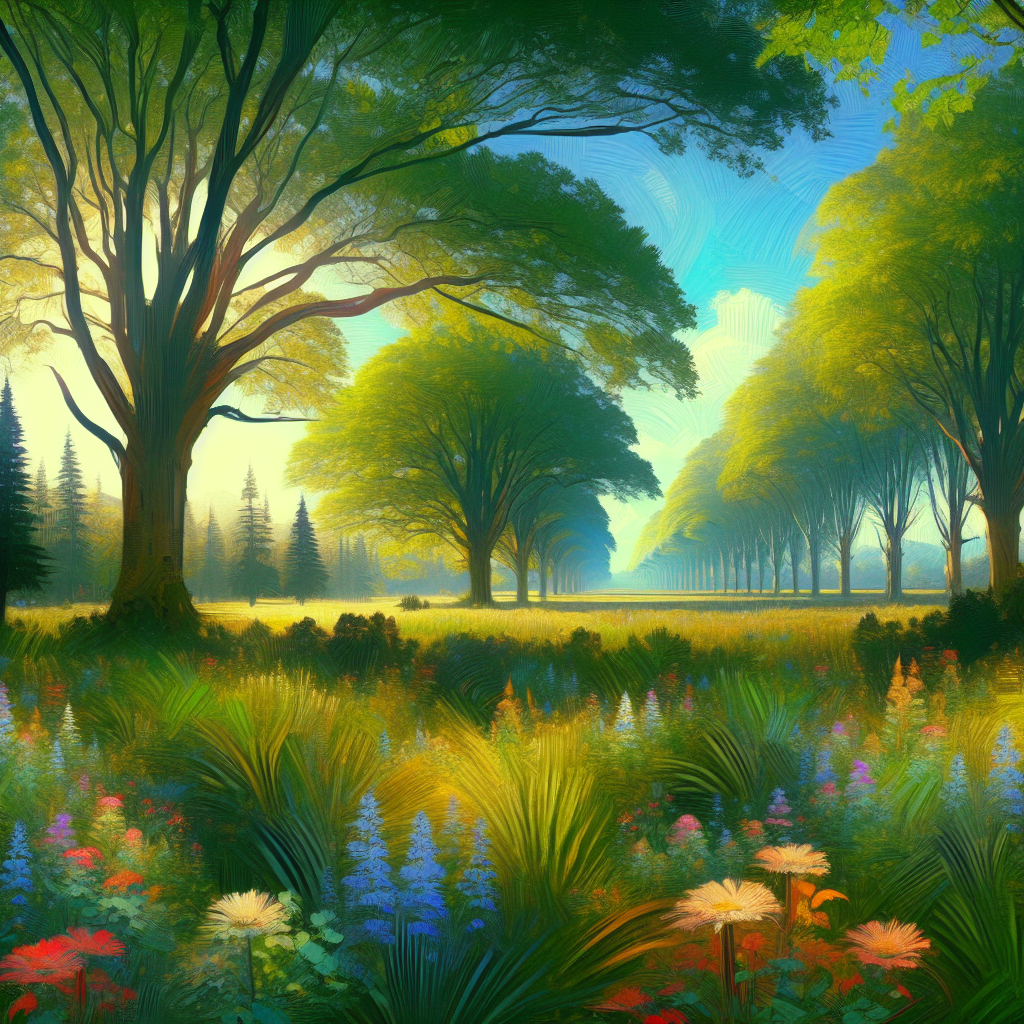High Hazels Park is like the beating heart of Darnall, Sheffield, a place where stories meet and generations blend. Nestled within this vibrant city, it is a testament to the community's shared history and a contemporary gathering place for those who call it home. Established in the early 20th century, the park has grown and adapted, hosting diverse activities and serving as a refuge for those seeking a slice of nature amidst urban life.
Imagine stepping into an oasis of green, where the hustle of city life fades into the background, and the sounds of distant laughter and the rustle of leaves greet you. This is where people come to breathe, to exercise, to reconnect with each other and the earth beneath their feet. The park is open to everyone, functioning as a melting pot where diversity isn't just accepted; it's celebrated. Families, sports enthusiasts, nature lovers, and even those who just need a walk away from the screens find solace here.
The park's allure isn't simply in its expanse of greenery. It is in the defining features that punctuate the landscape: a well-loved community golf course, sprawling playgrounds, and football fields where weekend matches play out with the thrill of old-school rivalry. The whispers of ornate history echo within its bounds, tracing back to High Hazels House, which stands proud with Victorian charm, reminding us of the area’s rich past.
However, High Hazels is more than just a relic of the past; it thrives as a hub of modern public life. Community events are frequent, from picnic gatherings to cultural festivals that emphasize the beautiful tapestry of Sheffield’s population. These gatherings provide an opportunity to reflect on our community, its challenges, and its joys. It is an embodiment of resilience, echoing Sheffield's own journey through industrial upheaval into a future defined by regeneration and hope.
To truly appreciate High Hazels Park, one must acknowledge the visionaries who saw its potential and shaped it into what it is today. Naturally, not everything about the park is perfect. Some residents may see it as mere green space, potentially targeted for urban development. The park’s push-and-pull with expansion ideas generates a dialectic between progress and preservation. This highlights the ongoing debate between conserving community spaces and designing for the future.
Advocates for preserving High Hazels argue passionately that such spaces are rare sanctuaries, vital for community well-being and mental health. Urban development, while often providing necessary infrastructure, can sometimes overlook the nuanced needs of community fabrics. Parks like High Hazels offer more than aesthetic pleasure—they provide a venue for dialogue, a classroom for local schools, and a playground that inspires dreams. The emphasis on much-needed conservation understands that not all future developments should be grey but instead can thrive in the green embrace of nature.
Yet, we hear voices from the other side, where urban development stands as a necessity in the fast-growing cities of today. As cities like Sheffield look towards housing and transportation solutions, the debate swings equally towards the need for economic growth, job creation, and the role of how spaces like High Hazels fit into this vision. The balance isn't easy, but it's essential, requiring dialogue and compromise.
What truly brings High Hazels to life are its people. The pulse of the park is the chatter of teenagers sharing TikTok trends on expansive lawns, the rhythmic pulse of music festivals electrifying the air, and the sound of thoughtful conversations in the shade of ancient trees. These experiences are shared across ages, through cultures, and beyond borders. It's this vibrant tapestry of human connection that makes High Hazels Park an everlasting landmark, much more than just trees and paths.
Strolling through the park, it's easy to get lost in a story replaying in your mind. Each section offers something unique—corners buzzing with play and expanses inviting calm reflections. High Hazels might just teach you that urban life and nature can coexist, and perhaps in this synergy, a pattern emerges for happier living.
High Hazels Park reminds us of the importance of community, both its simple pleasures and complex challenges. In appreciating spaces like this, we also acknowledge a part of ourselves—one that yearns for connection, for peace, and for the whispers of history that murmur different possibilities into the future.

